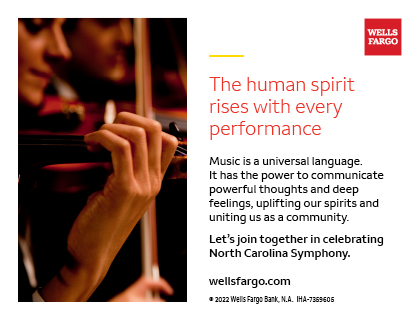Overture to Oberon
Carl Maria von Weber (1786-1826)
THE STORY
Carl Maria von Weber was a Romantic composer whose operas shaped the direction of the genre in Germany over the course of the nineteenth century. Oberon, completed the year of Weber’s death, was his last work for the theater. Weber composed the opera as a commission by the Covent Garden in London, where it was premiered. The opera's text is based on the epic poem “Oberon” by Christoph Martin Wieland, a writer contemporary with Weber. Wieland’s verse draws from another epic poem composed during the medieval period in France. The plot is about a knight’s quest for the hand of the daughter of the Caliph of Baghdad, which Oberon, king of the fairies, assists.
In Weber’s time, opera overtures musically introduced audiences to themes that they would later hear as the opera unfolded. Weber’s overture does this by associating specific orchestral instruments with particular characters and events from the opera; later opera composers such as Richard Wagner would further develop this aspect of Weber’s compositional technique. The overture is divided into two parts: a slow introduction followed by a fast, lively main body. The work begins with a horn solo, which features prominently throughout and signifies the magic horn that Oberon gives to the knight, Sir Huon, as an aid to his mission. The mischievous and perky woodwinds represent the fantastical world of the fairies, and the second theme of the fast section is introduced by the clarinet, which reappears later in the opera as an aria sung by Sir Huon. The overture's final section refers to another aria by Reiza, the princess with whom Sir Huon is happily united at the end of the opera. Weber’s creative and colorful orchestration inspired many succeeding composers, including Felix Mendelssohn, Hector Berlioz, and Claude Debussy.
LISTEN FOR
- A slow introduction that is cut off by a loud interjection by the entire orchestra, followed by a fast, contrasting section led by exuberant strings
- The role of the horn throughout: it begins the entire overture and is first answered by hushed, mysterious strings, then by bubbling woodwinds
INSTRUMENTATION
Two flutes, two oboes, two clarinets, two bassoons, four horns, two trumpets, three trombones, timpani, strings

